There’s something undeniably romantic about long-distance train travel. Alongside ferries, it’s my favorite way to get around – it allows me to fully relax and watch the world unfold outside the window, no traffic, no navigation, no exhaustion. I especially love sleeper trains, where you get an actual bed and the freedom to shape the journey however you like. You can sleep when you want, eat, work, or simply stare out into the distance. I also sleep like a baby on trains – yes, even the bumpy ones!
When I began planning my March trip to Kazakhstan, I struggled to narrow down the places I wanted to visit. I knew I wanted to see Astana – the country’s eccentric, ultra-modern capital – and spend time in Almaty with a friend. But I also wanted to explore some of the lesser-known corners of this vast country. With limited time, I realized that a cross-country train ride would be the perfect way to see a lot of Kazakhstan’s sweeping, untamed landscapes in a short amount of time.
The route I chose traced much of the Great Steppe – a vast expanse of open grasslands stretching across northern Kazakhstan and into Russia. It is the largest dry steppe region on earth, spanning over 800,000 square kilometres. It’s a sparse place: treeless due to low rainfall, dotted only by grasses, sandy plains, and the occasional cluster of buildings. The western part is especially remote, with a population density of just two or three people per square kilometre. As the train moves east, the human presence gradually becomes more noticeable – but only just.
To some, this might sound like a dull landscape to cross over nearly two days. But to me, the steppe is endlessly fascinating.

I entered Kazakhstan after eight incredible days exploring Uzbekistan and Karakalpakstan, crossing the border on an overnight train from Nukus to Beyneu. After a surreal day wandering around Beyneu – a small town in what feels like the middle of nowhere in western Kazakhstan – I boarded my train across the Great Steppe, a 39-hour journey bound for Astana.
I found my place in a cozy 4-berth female-only cabin, and to my relief, I was sharing it with just one other person – an elderly woman from Astana. She was sweet and incredibly helpful, even though I’d woken her in the middle of the night. She made sure I settled in properly, helping me stow my things and make my bed. We didn’t share a language, but managed to communicate through my basic Russian and the ever-reliable Google Translate.
It was a completely different experience from the night before: instead of a hot, crowded Soviet-era open wagon filled with over 40 men, this cabin felt peaceful and safe. Not long after settling in, I laid down, closed my eyes, and was gently rocked to sleep by the motion of the train.
Ahead of me lay the deep silence of the steppe, broken only by the rhythmic clatter of the train. Villages drifted past like mirages, sleepy and sparse, making me question how they came to be out here at all. I couldn’t help but wonder what life is like out there in such isolation. Occasionally, we passed herds of cows or horses, but mostly it was just us and the vast emptiness.
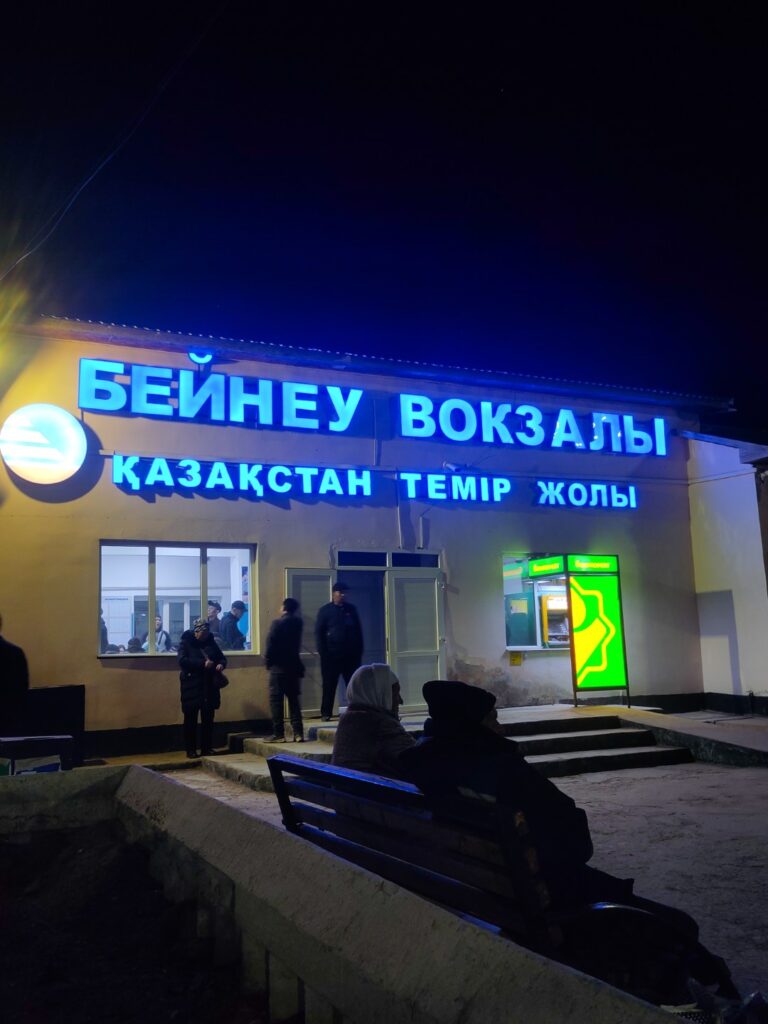
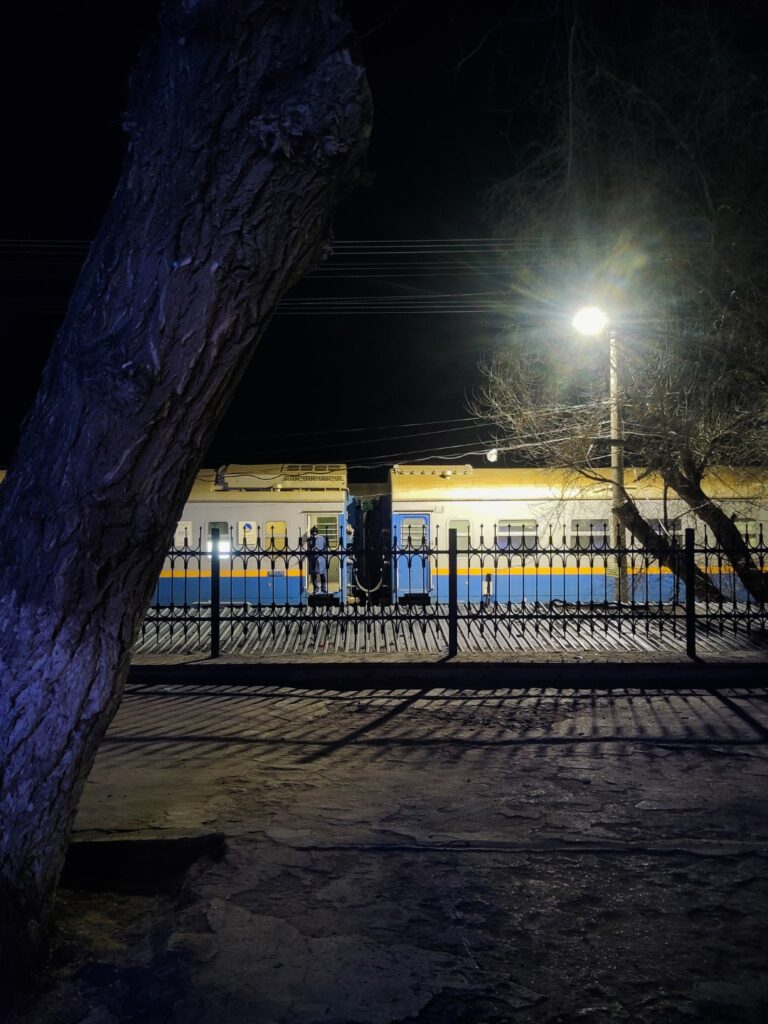

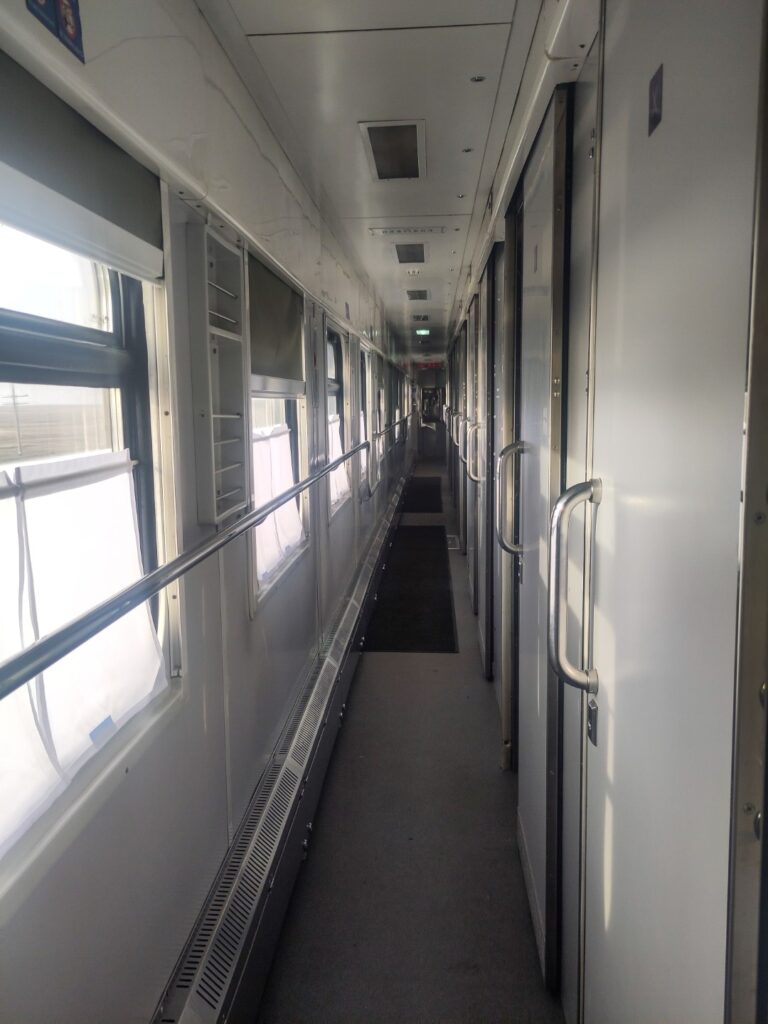
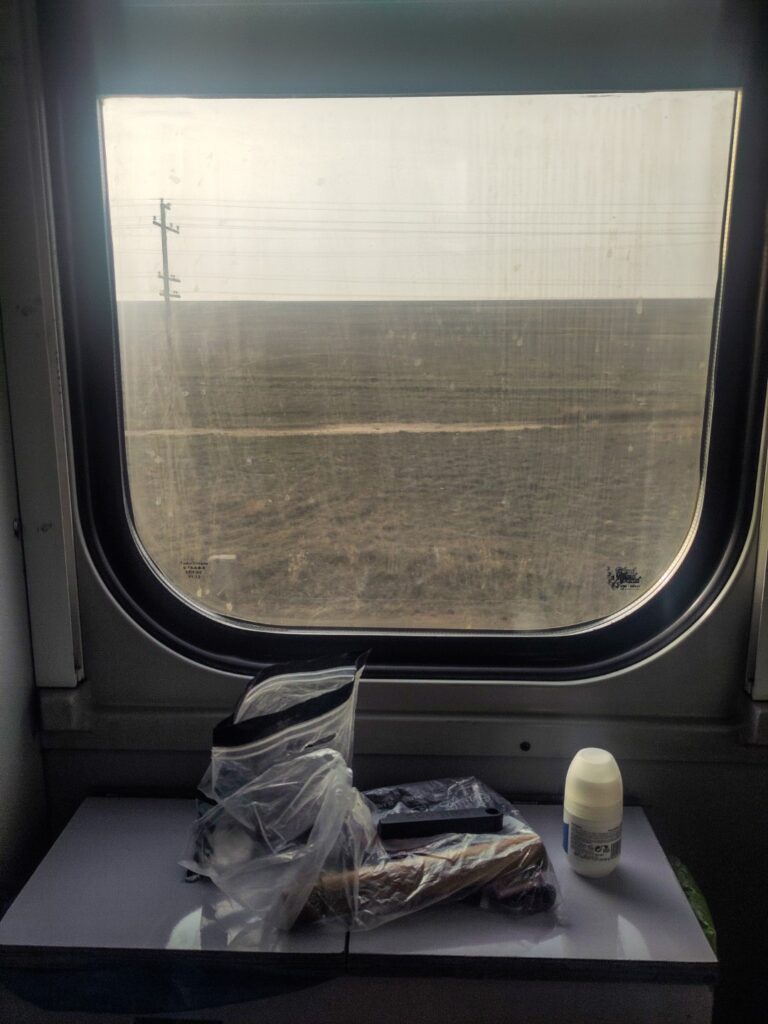
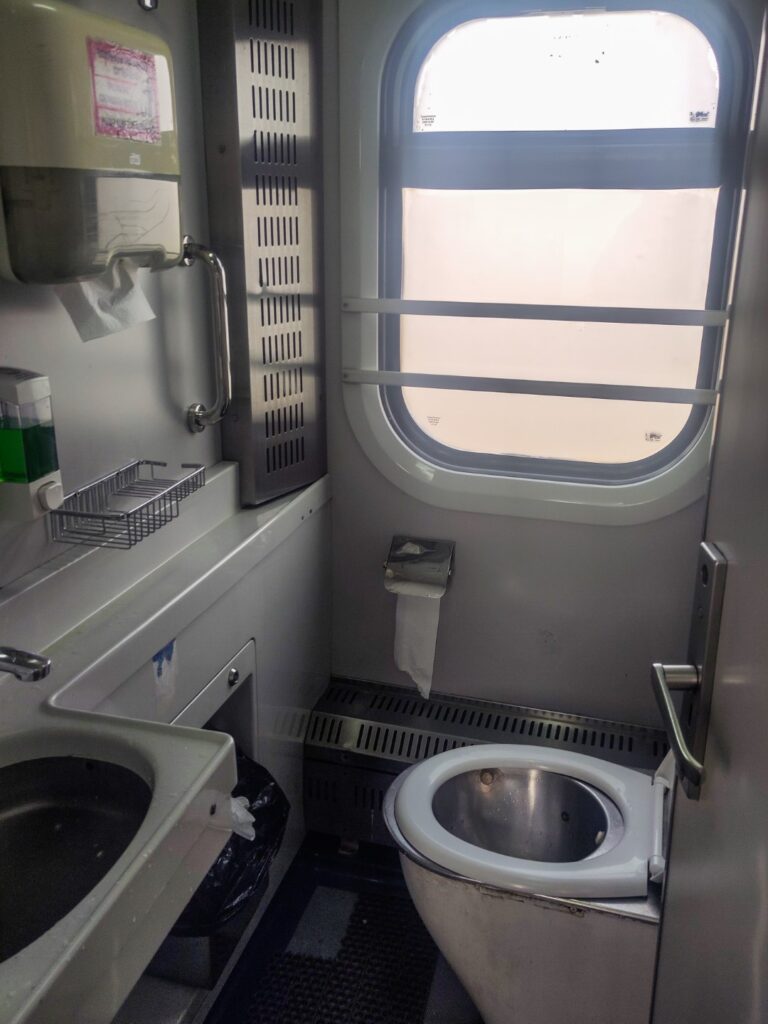
I had a strange and rather beautiful moment in the early hours of the morning. I woke up lying on my stomach, my hands stretched out in front of my head. When I turned my head, I saw that my cabin mate was doing her morning Ramadan prayer – with her hands placed in front of her head. I swear I didn’t dream it. But it sure felt surreal, almost symbolic. If that’s not a sign from above, I don’t know what is.
I rolled over and quickly fell back asleep and didn’t wake up until seven hours later, as we came to a stop in Makat, a small town in the Atyrau Region of western Kazakhstan. The soft morning light streaming through the dusty window had me excited about my day of staring out at the landscapes passing by. After getting ready for the day, I sat by the window with my breakfast. Later, I pulled out my laptop and got some work done, pausing every now and then to soak in the views.
After several hectic days filled with sightseeing and constant movement, this stillness felt like such a gift. I was technically still in transit, but for once, I wasn’t packing, unpacking, or navigating new places. I had the same bed for two nights, and the train forced me to slow down.
As we approached the village of Zhanterek, I noticed patches of snow on the ground. After the warmth of Uzbekistan and even Beyneu, where temperatures had hovered between 15 and 22 degrees, I was actually excited to reach a colder climate! However, inside the carriage it got surprisingly hot during the day, and with no way to open the windows, it became a bit stuffy.
One after another, we passed through sad, half-abandoned villages that looked like they hadn’t changed in decades. Between them, nothing but vast, open steppe stretched to the horizon. When we arrived in Sagiz, a town near the border to the Aktobe Region, we had a longer stop than usual. I jumped at the chance to step outside and breathe some fresh air. The town’s beautiful mosque was visible from the station, and there was a small market where locals were selling bread, fruit, snacks, and drinks. I picked up a few treats and wandered around for a bit, enjoying the simple pleasure of stretching my legs.



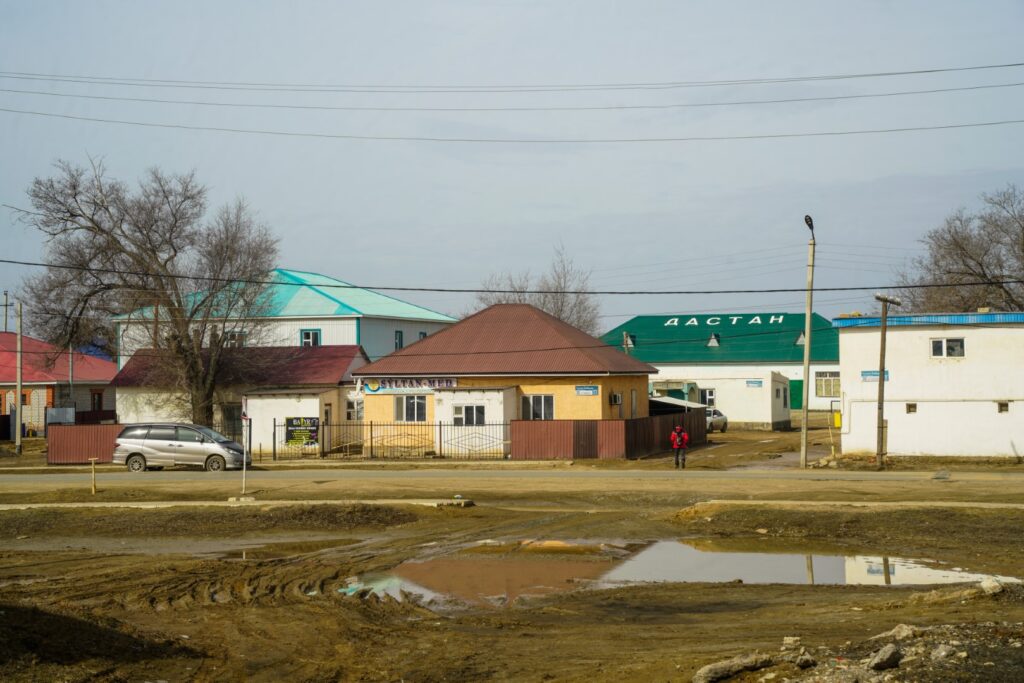
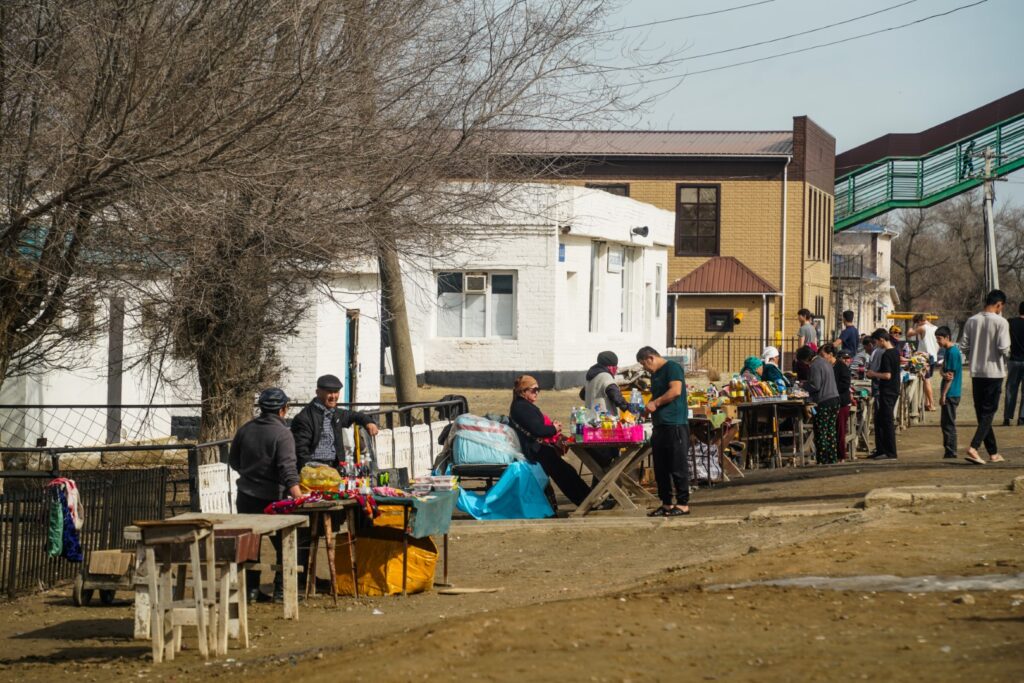
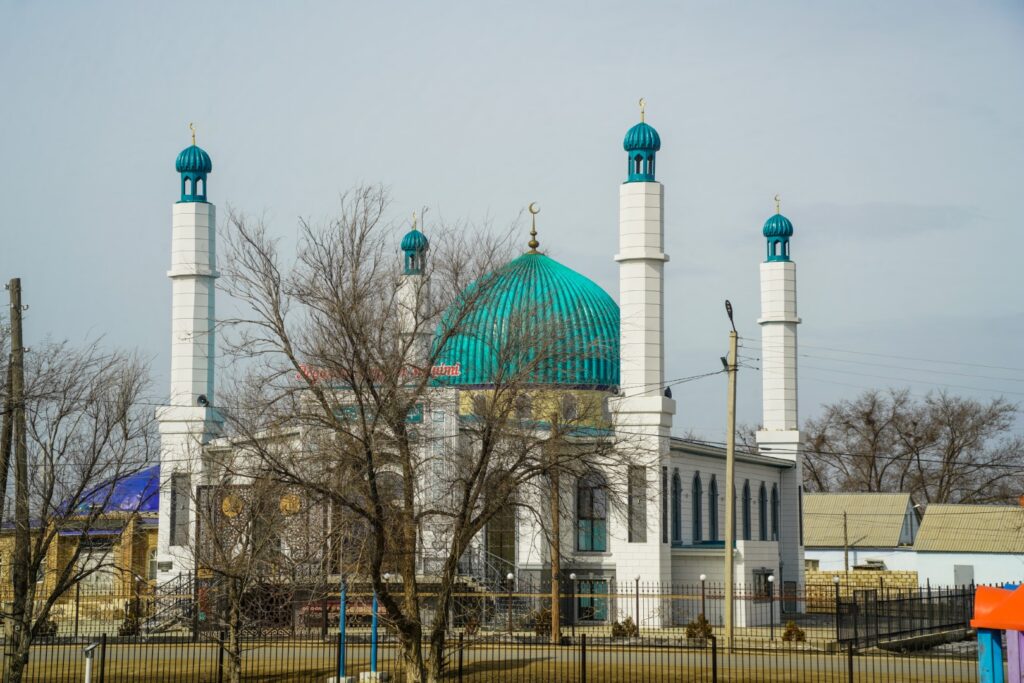
As we rolled out of town, a low mountain range appeared on the horizon, lightly dusted with snow. It was a brief but beautiful change in scenery. Soon enough, the familiar steppe returned – only now it was gradually being blanketed in snow. The next village, Nogayty, was half-buried under the white layer, and many of its buildings appeared dilapidated. It was the most melancholic sight of the journey so far.
As we continued our slow push north, edging closer to the Russian border, snow increasingly dominated the landscape. Occasionally, the terrain turned slightly hilly, offering a welcome shift from the flat, endless steppe.
By the time we reached Shubarkudyk, a town deep in the Aktobe Region, I was more than ready to get off the train and stretch my legs. We had a 15-minute stop – just enough time for a brisk walk along the platform and a chance to greet the locals selling snacks and drinks to passengers. The air was noticeably colder here than it had been in Sagiz, and after spending the entire day inside a stuffy, overheated carriage, the crisp air felt wonderful.
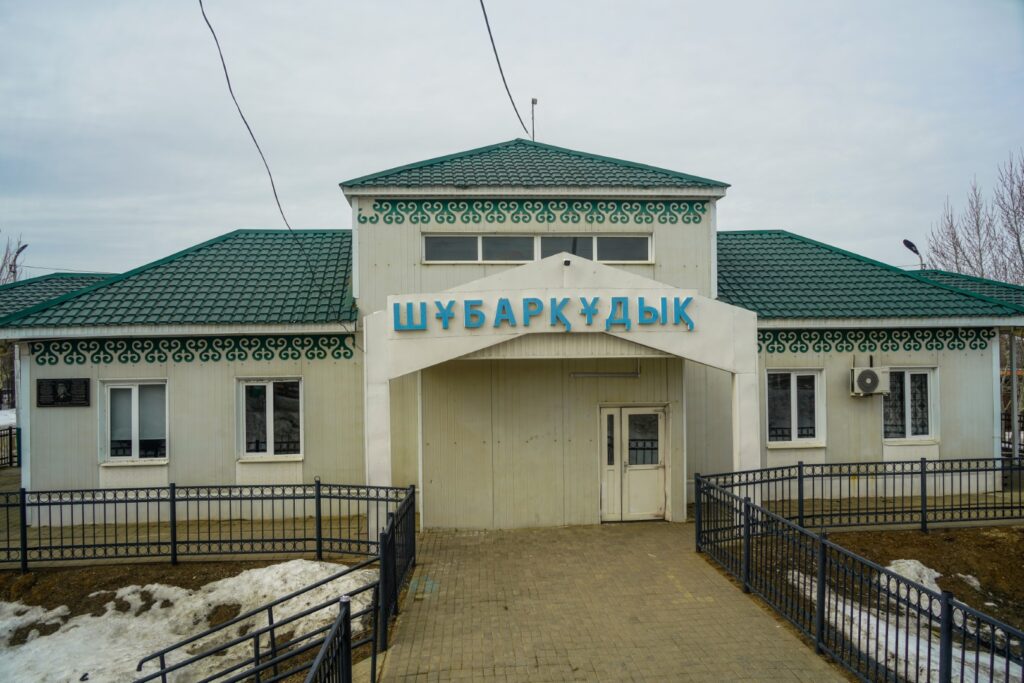
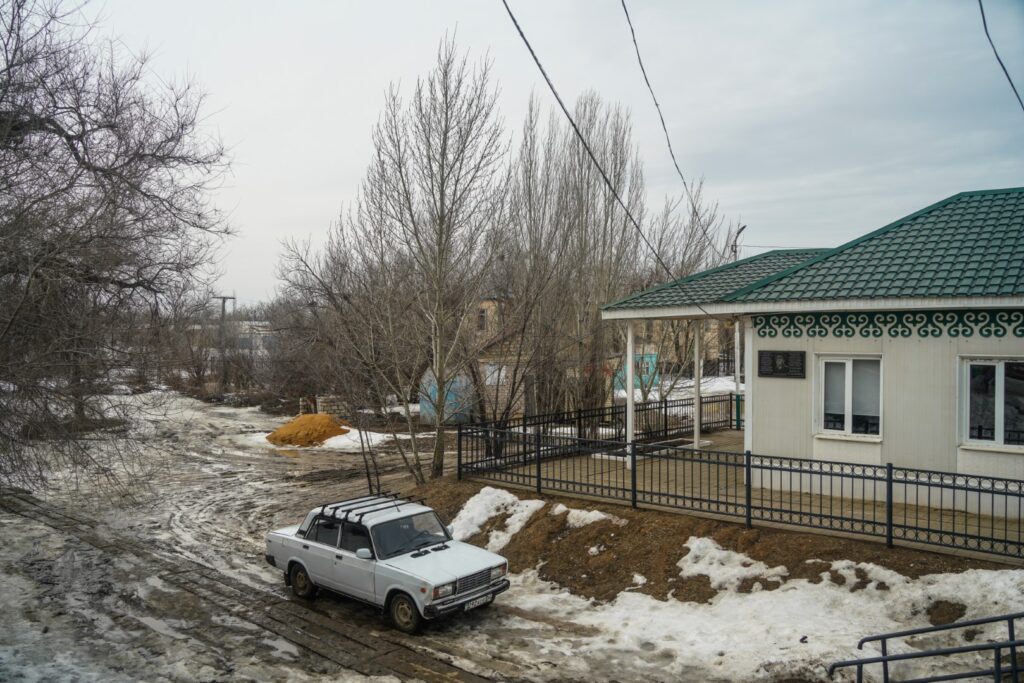


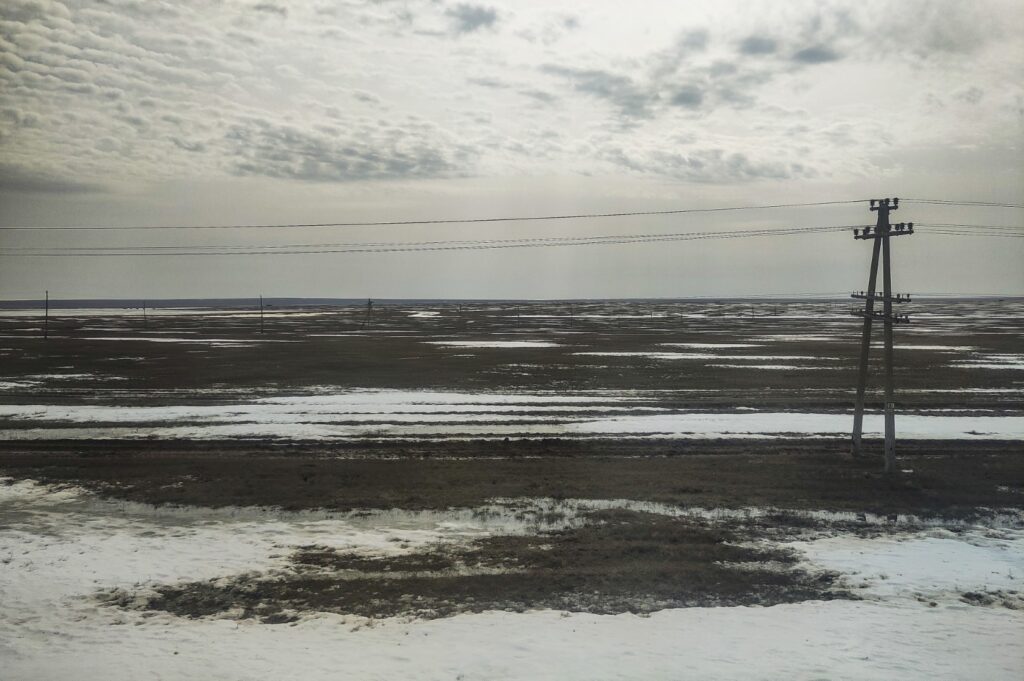

When we stopped briefly in the small town of Temirköpir, my cabin mate and I ended up having a long conversation about our lives – entirely through Google Translate. Of course, I showed her photos of Minnie, and she immediately told me that I needed a kinder (child) instead of a sobaka (dog). I told her that Minnie is my child, which made her laugh.
Later, in Kandyagash – another small town in the Aktobe Region – we had a longer, half-hour break. I took the chance to get some fresh air and stretch my legs a bit. After returning to the train, I wandered over to the restaurant wagon and ordered a salad and rice. It felt almost surreal to be sitting in a restaurant on a moving train!

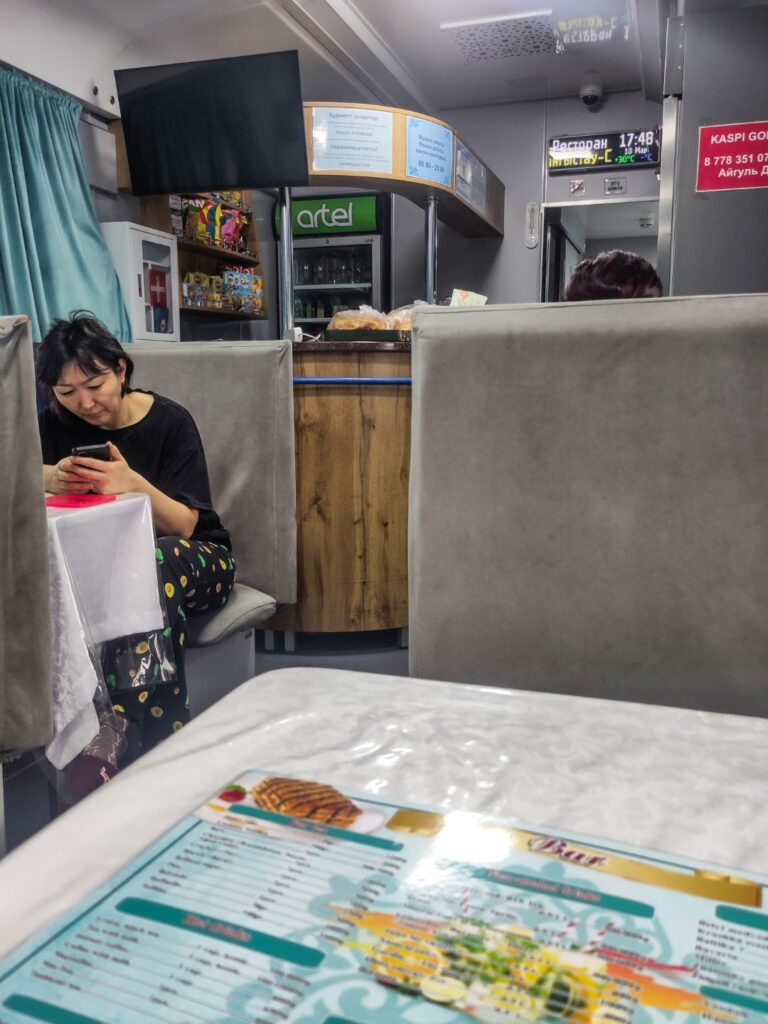
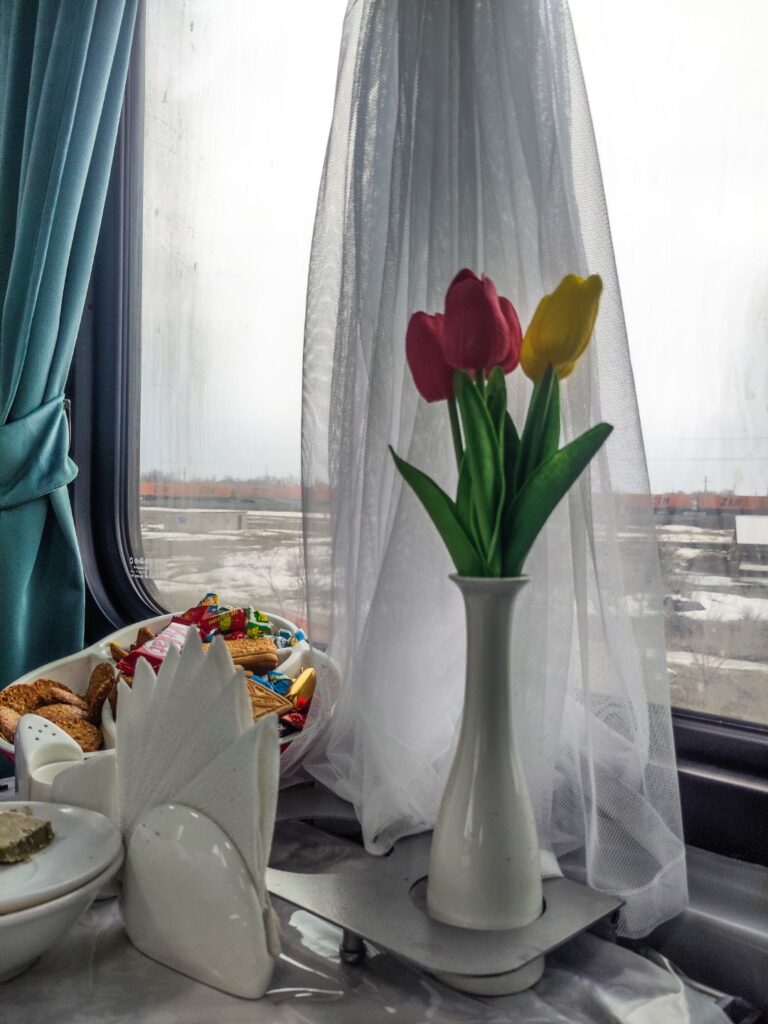


It was dark by the time we reached the village of Nikeltau. We had a rare 40-minute stop, so I stepped outside for some air – but the cold quickly drove me back in. Just opposite the tracks, a group of locals were cooking up a storm, though I couldn’t quite tell what was simmering in their pots and pans. Intrigued but freezing, I returned to the train and took advantage of a brief moment of connectivity to send off some emails. Throughout the journey, my Kazakh sim card only worked in towns and villages; out on the steppe, I had zero signal.
Around 10 PM, I curled up in my bunk and fell asleep almost immediately, sleeping like a baby. During the night, we passed just metres from the Russian border – very close to the area where I excavated during the summer of 2019. The next morning, I woke up shortly before we pulled into Koybagar, a town in the Kostanay Region. I got myself ready for the day and managed to step outside briefly to catch a glimpse of the town before we continued rolling across the endless Great Steppe.
A few hours later, we stopped in the town of Yesil in the Akmola Region. With a 20-minute break, I headed out again – this time in just a t-shirt, which made the chilly air feel extra sharp. I climbed up to a footbridge over the tracks and crossed to the other side, enjoying a bird’s-eye view of the town. It felt good to stretch my legs and breathe in the cold, crisp air after so many hours cooped up on the train.
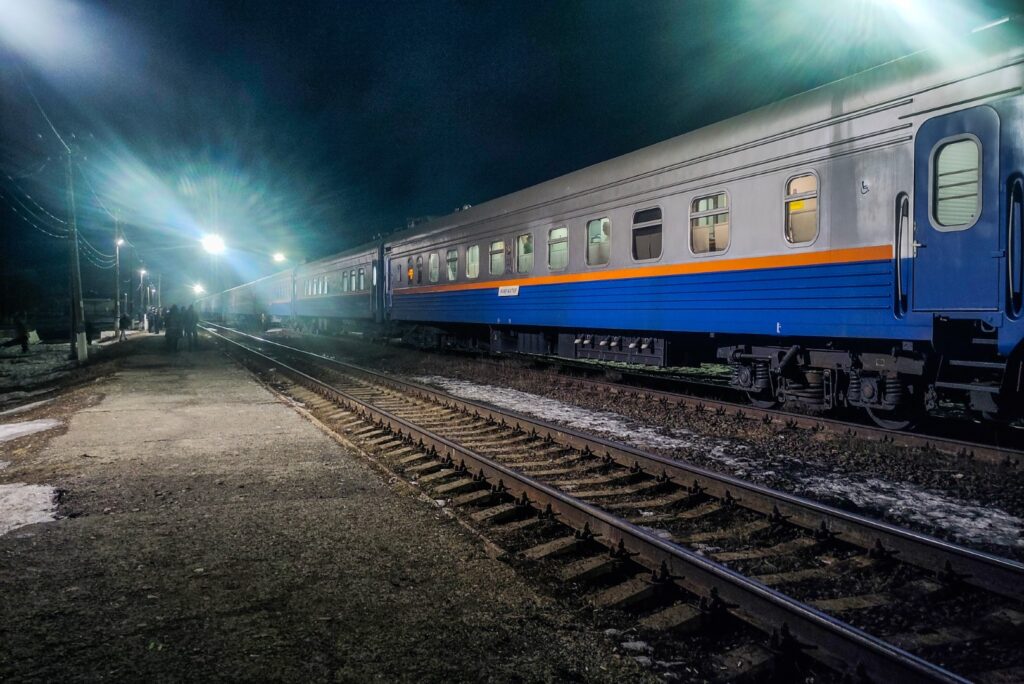
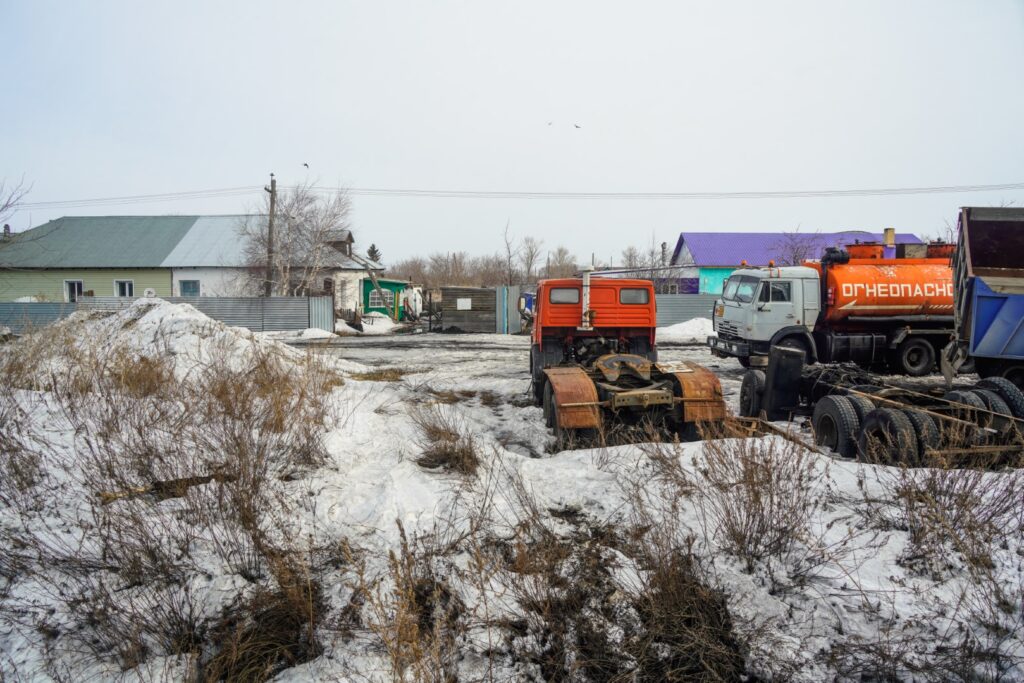


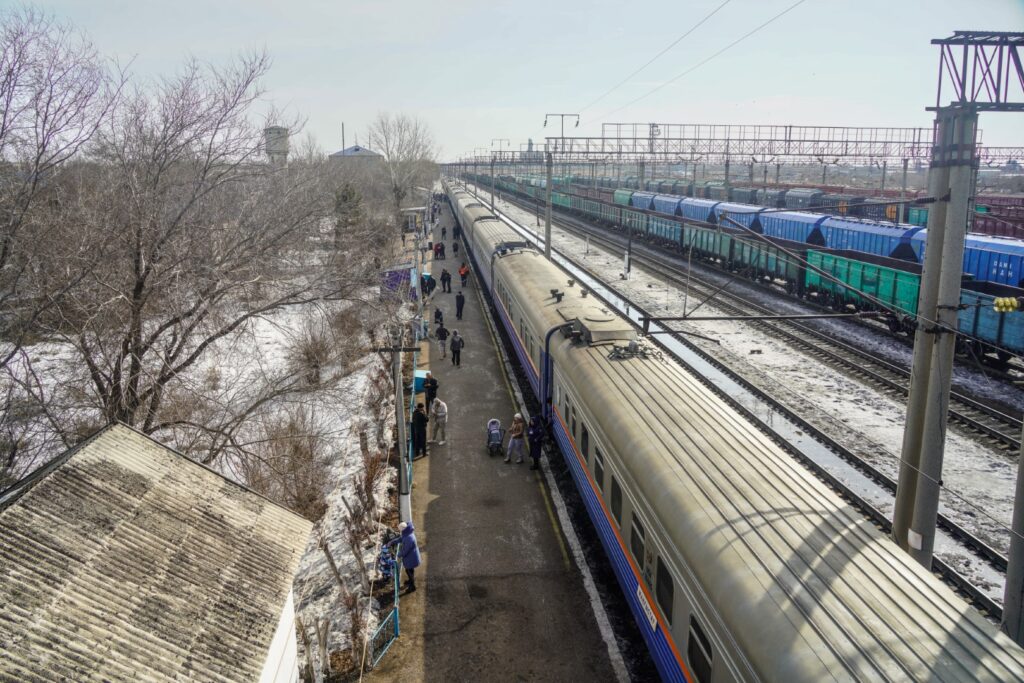
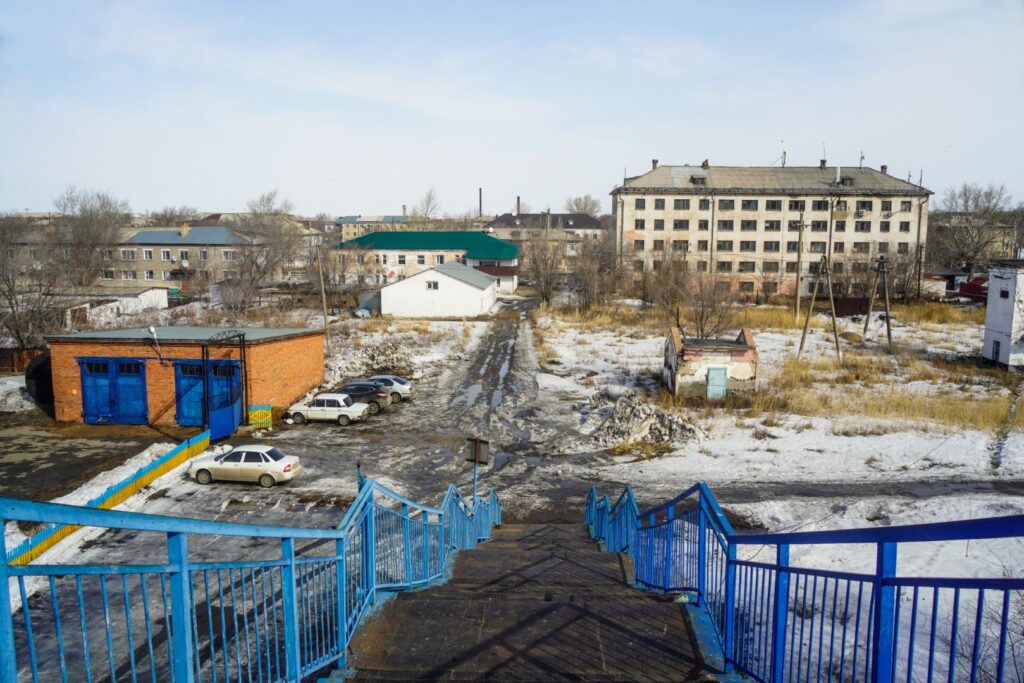
We arrived in the town of Atbasar a few hours later, and it was my last chance to stretch my legs and explore a bit before reaching the capital. We had a 25-minute stop, just enough time for a brisk walk up and down the station area before heading back onboard. I didn’t feel like pushing my luck by wandering too far!
As we got closer to Astana, the snow began to thicken. It looked like I was in for a real winter treat!
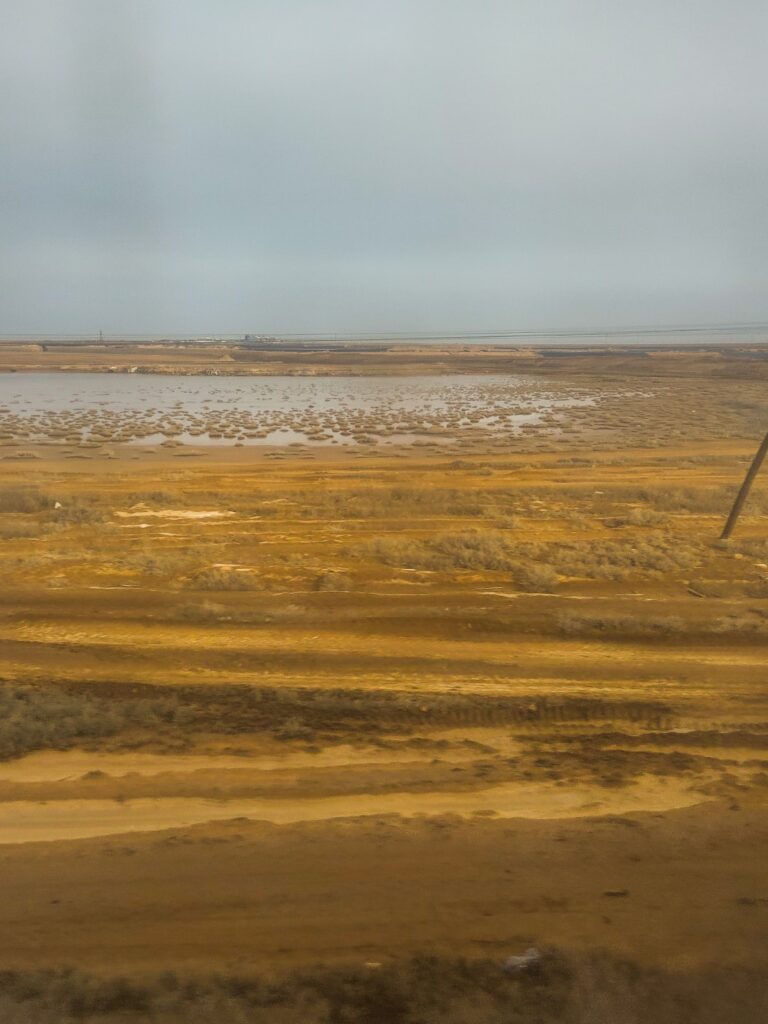
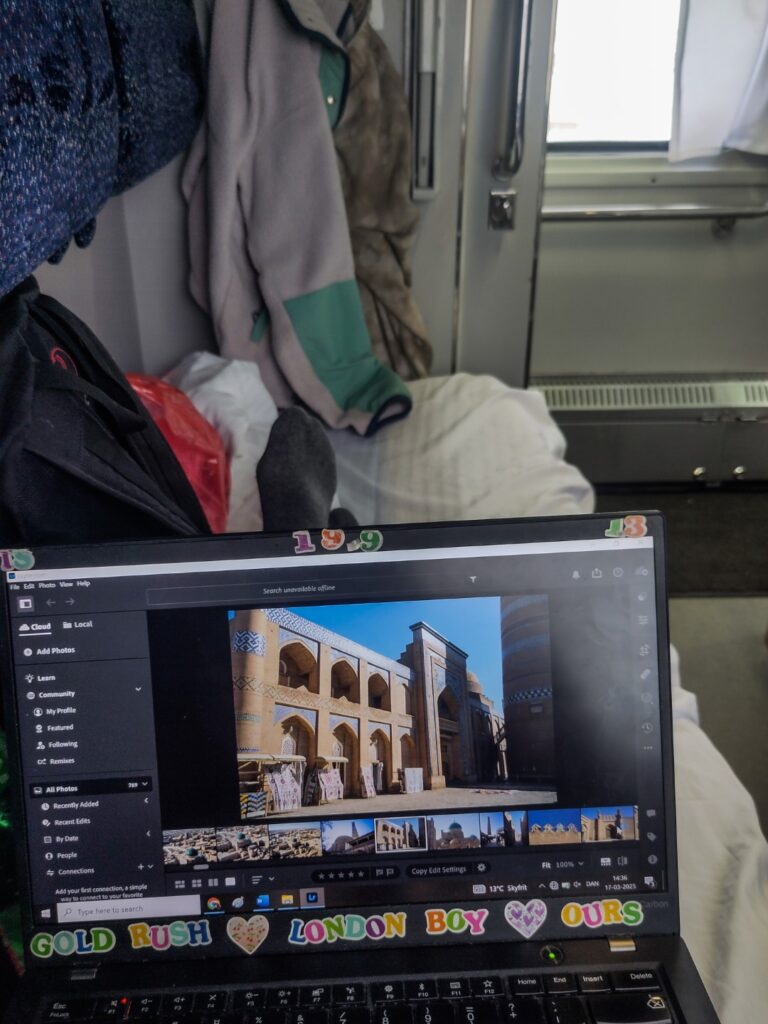
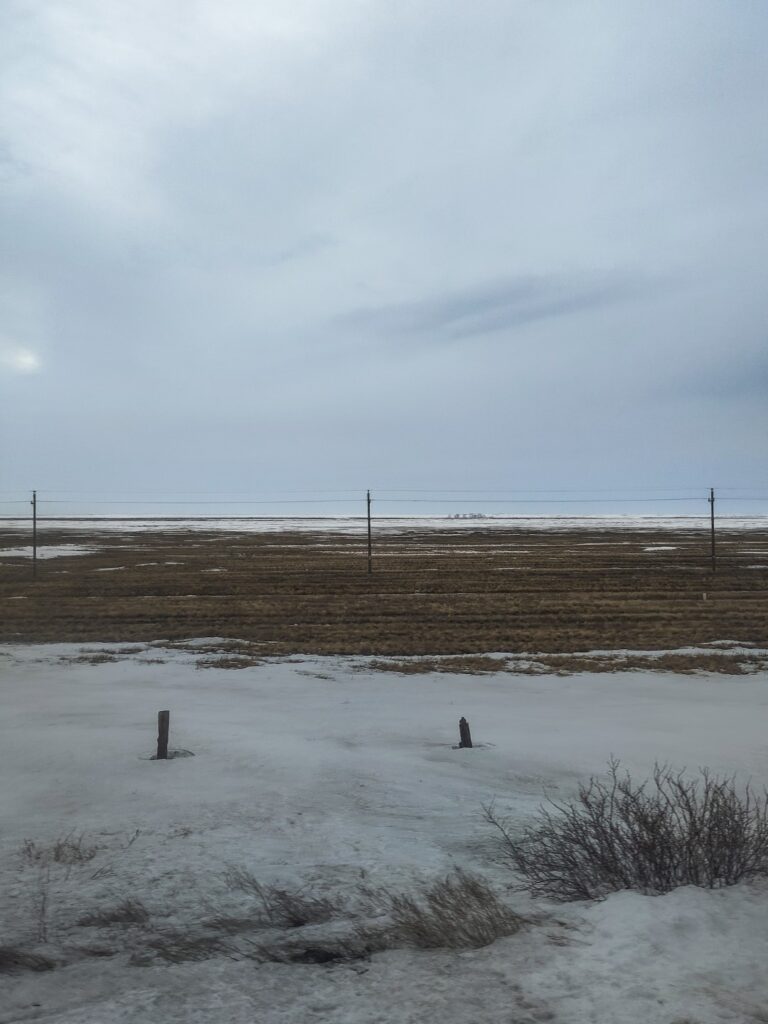
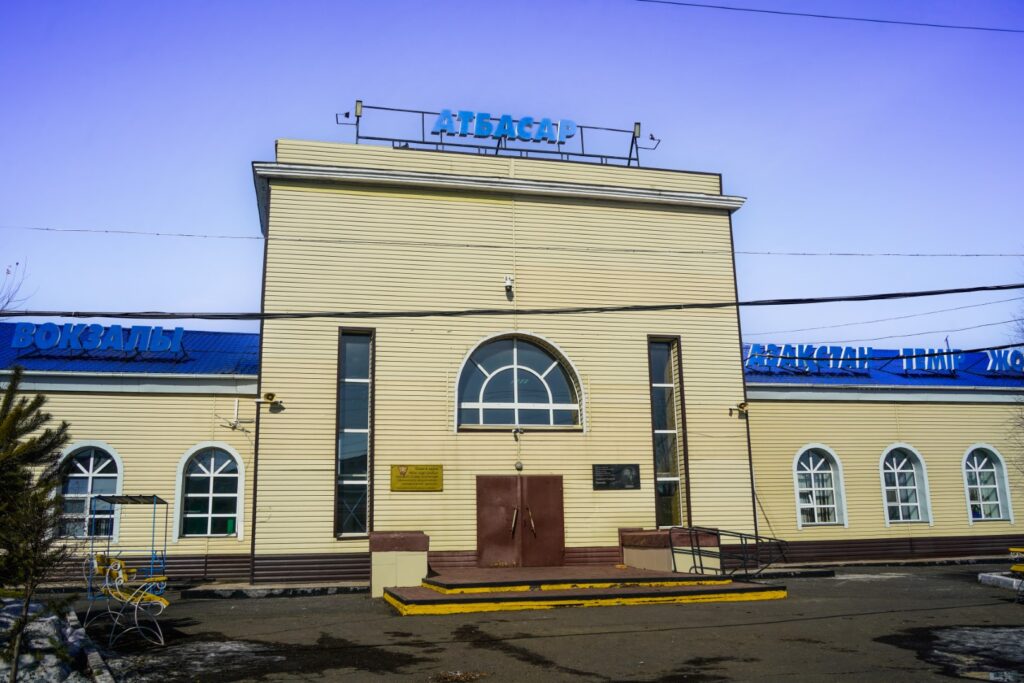
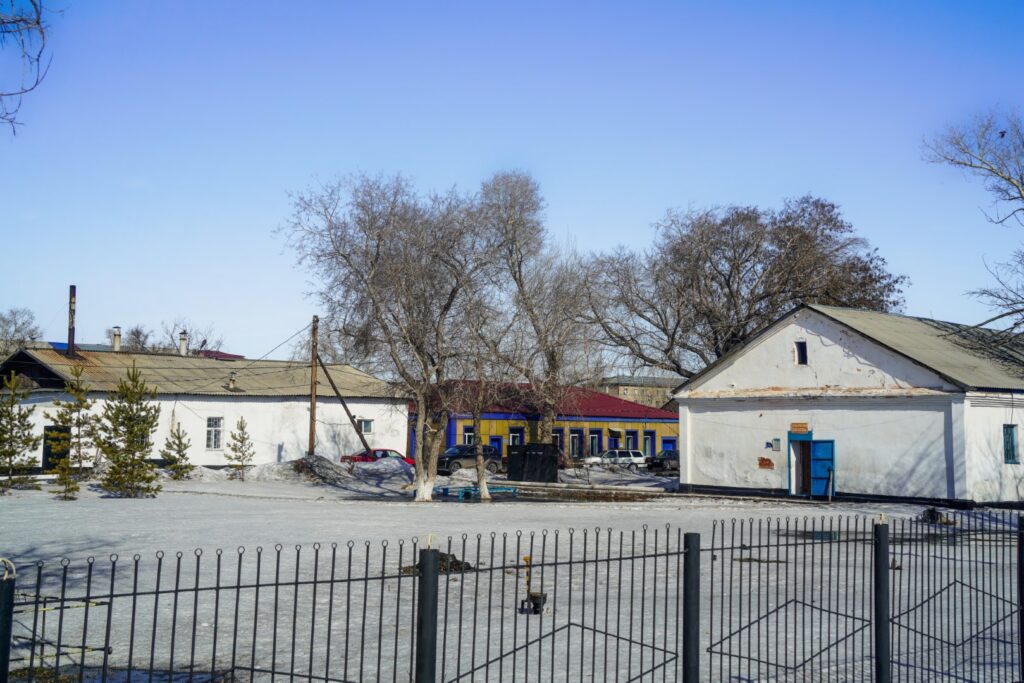
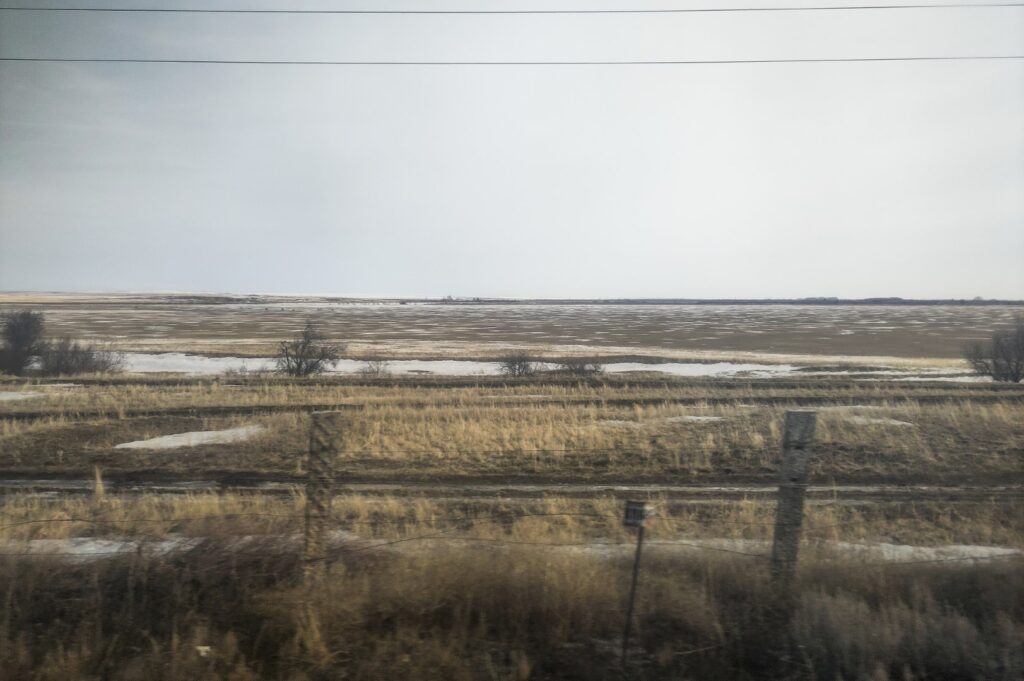
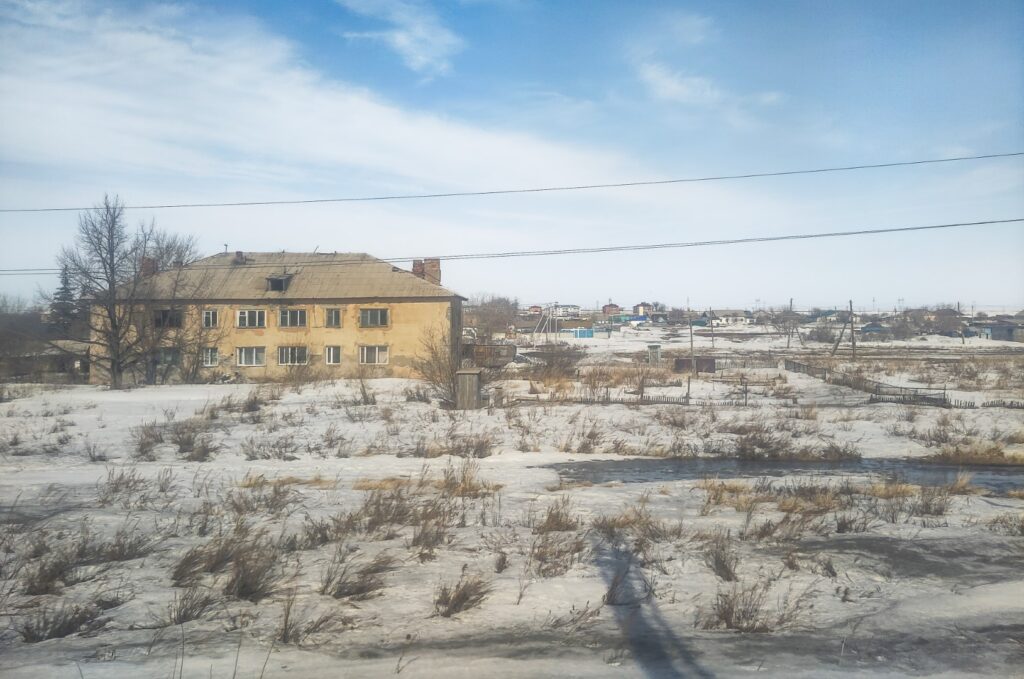

At 5.30 PM, approximately 39 hours after leaving Beyneu, we finally rolled into Astana. Before parting ways, I typed a farewell into Google Translate for my cabin mate, thanking her for the lovely company and wishing blessings upon her and her family. She responded with a warm hug. Despite the language barrier, our shared journey had meant something – a quiet companionship across the vast Kazakh steppe.
It had been an incredible ride, both in distance and experience, and I felt grateful to have seen so much of Kazakhstan in such a short time. Now, with 2,200 kilometres behind me and snow beneath my feet, I was ready to explore Astana!

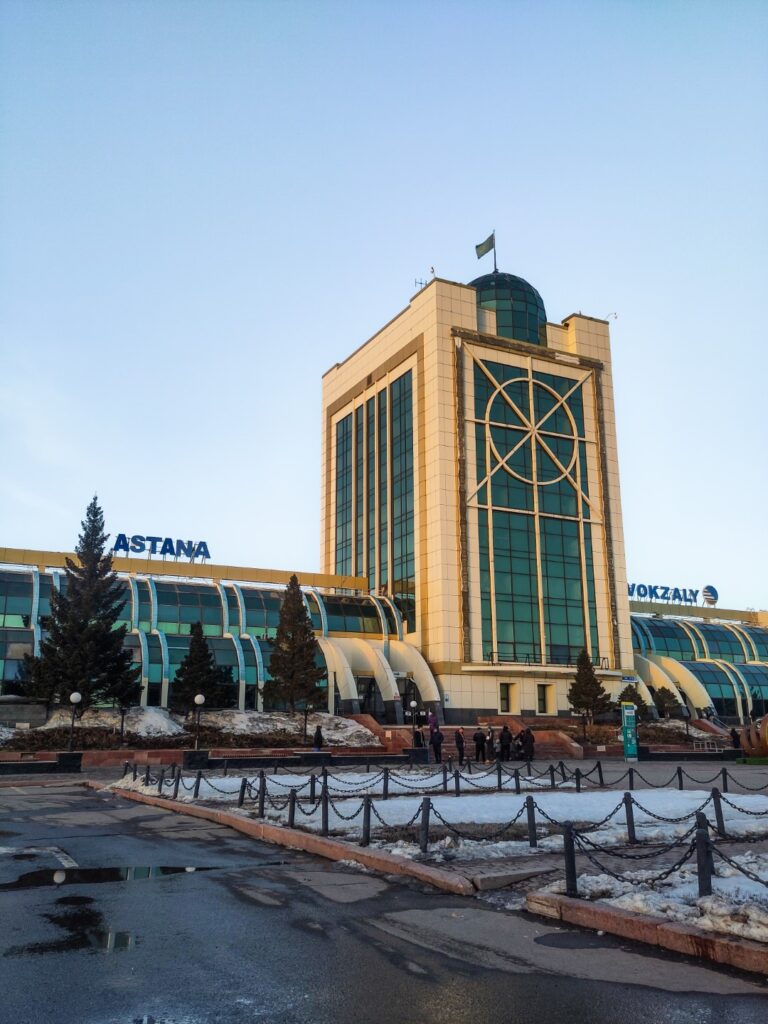
Leave a Comment
Pingback: A city in the void: Exploring Astana, one of the strangest capitals in the world – Northtrotter on 18/05/2025
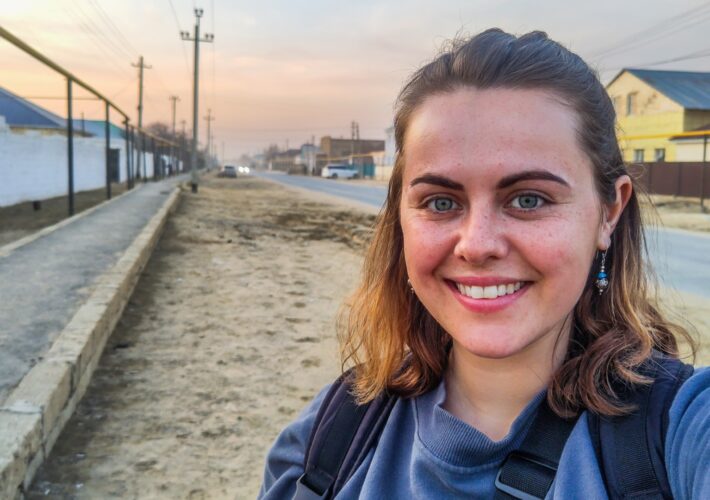
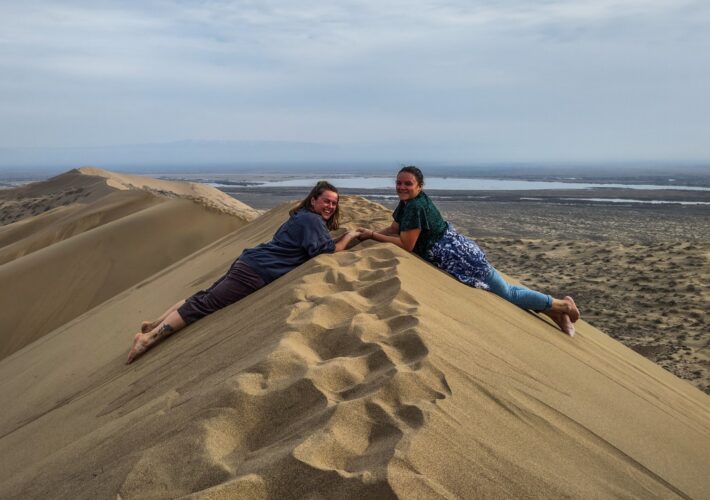
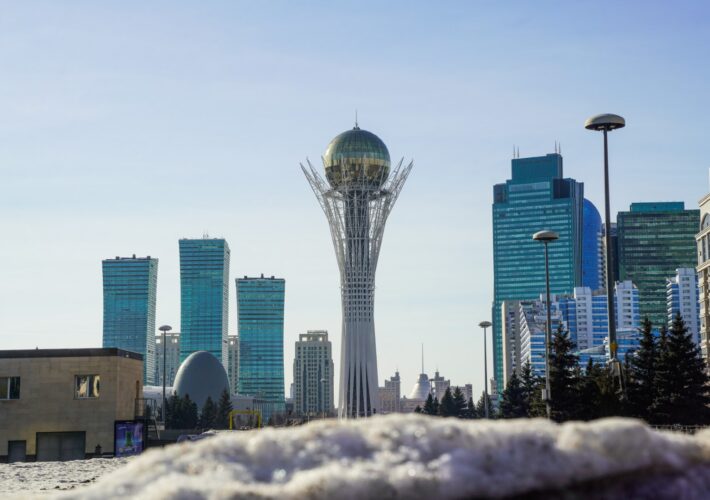
1 COMMENT